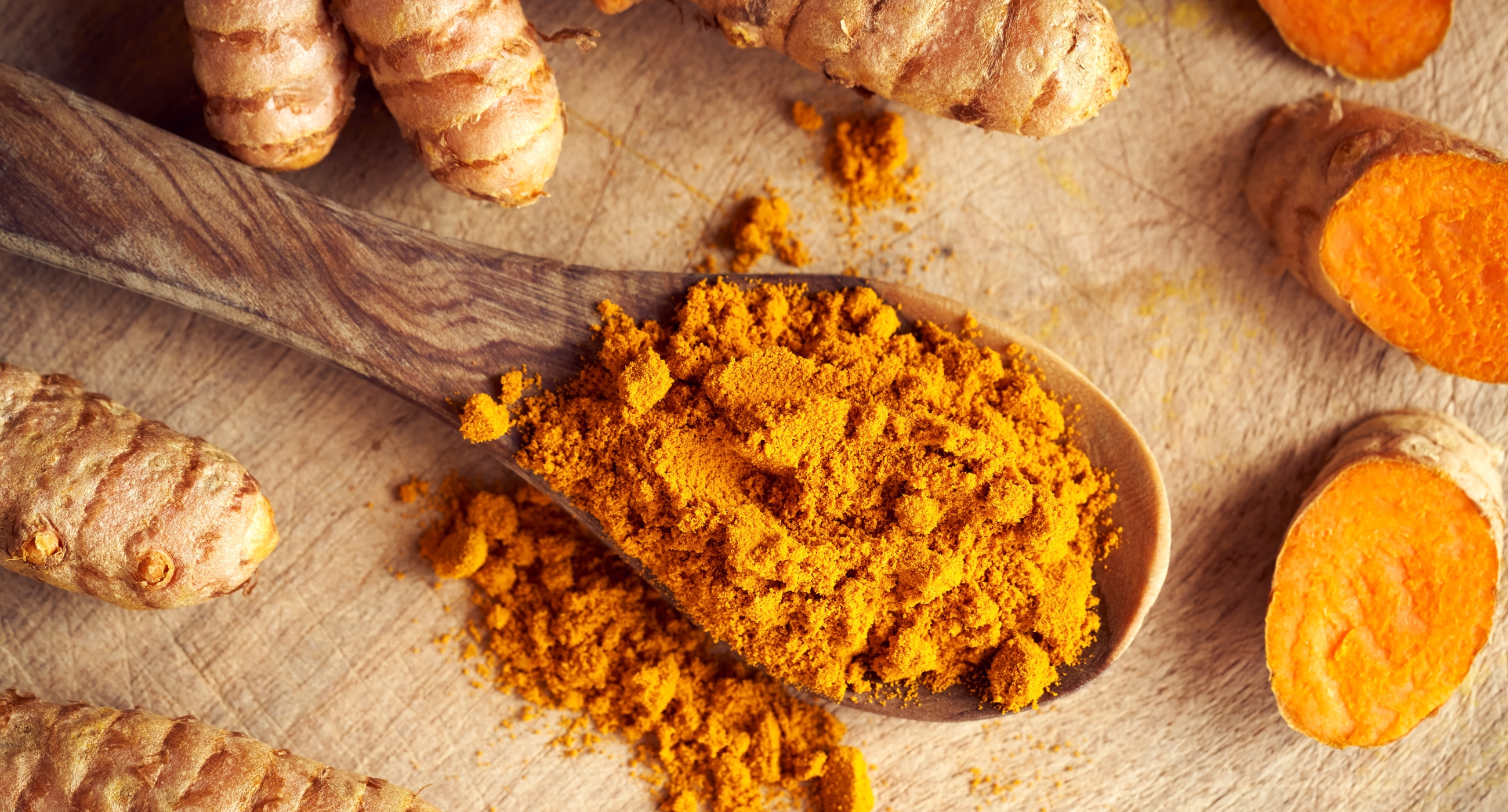
Turmeric
Scientific Name: Curcuma longa
Herbal Profile: Turmeric (Curcuma longa)
Botanical Classification
- Family: Zingiberaceae
- Genus: Curcuma
- Species: C. longa
Common Names
- Turmeric
- Curcuma
- Indian saffron
- Haldi (in India)
Description
- Appearance: Turmeric is a rhizome (underground stem) that is typically boiled, dried, and ground into a bright yellow powder. The fresh rhizome resembles ginger in appearance but is more orange in color.
- Flavor: Earthy, bitter, and slightly peppery with a hint of mustard.
Active Compounds
- Curcumin: The primary active compound, known for its anti-inflammatory and antioxidant properties.
- Demethoxycurcumin and Bisdemethoxycurcumin: Other curcuminoids present in turmeric.
- Essential Oils: Contains volatile oils including turmerone, atlantone, and zingiberene.
Traditional Uses
- Culinary: Widely used as a spice in cooking, especially in curries and as a coloring agent in mustard and cheese.
- Traditional Medicine: Utilized in Ayurvedic and traditional Chinese medicine for various ailments. Commonly used for digestive issues, joint pain, and as a general tonic.
Potential Health Benefits
- Anti-inflammatory: Curcumin has been shown to reduce inflammation by inhibiting pro-inflammatory molecules and enzymes.
- Antioxidant: Curcumin can neutralize free radicals and boost the body's antioxidant defenses.
- Digestive Health: May help in alleviating symptoms of indigestion and irritable bowel syndrome (IBS).
- Joint Health: Often used to support joint health and reduce symptoms of arthritis.
- Cognitive Function: Some studies suggest that curcumin might have neuroprotective effects and support cognitive health.
- Cardiovascular Health: May improve heart health by reducing cholesterol levels and improving endothelial function.
Forms and Dosage
- Powder: Commonly used in cooking. The typical culinary amount is about 1-2 teaspoons per day.
- Capsules/Tablets: Available as dietary supplements, often containing standardized extracts of curcumin. Typical dosages range from 500 to 2000 mg per day.
- Tea: Turmeric root can be used to make a herbal tea.
- Topical: Turmeric can be applied topically in the form of ointments or pastes for localized issues like wounds or skin conditions.
Safety and Precautions
- General Safety: Turmeric is generally considered safe for most people when used in culinary amounts.
- Interactions: May interact with blood-thinning medications, diabetes medications, and drugs metabolized by the liver. Consult with a healthcare provider if you are on any medications or have underlying health conditions.
- Allergies: Some individuals may be allergic to turmeric or its components. Discontinue use if you experience any allergic reactions.
Contraindications
- Pregnancy: High doses of turmeric supplements are not recommended during pregnancy due to potential effects on uterine contractions.
- Gallbladder Issues: Turmeric may exacerbate symptoms in individuals with gallstones or bile duct obstruction.
Cultivation and Harvesting
- Growing Conditions: Prefers warm, humid climates with well-drained soil. Turmeric is typically grown in tropical regions.
- Harvesting: The rhizomes are usually harvested after 8-10 months of growth when the leaves start to yellow.
Turmeric is a versatile and potent herb with a range of uses and potential health benefits. If you're considering using it for specific health purposes, especially in supplement form, it's a good idea to consult a healthcare professional to ensure it's appropriate for your needs.
